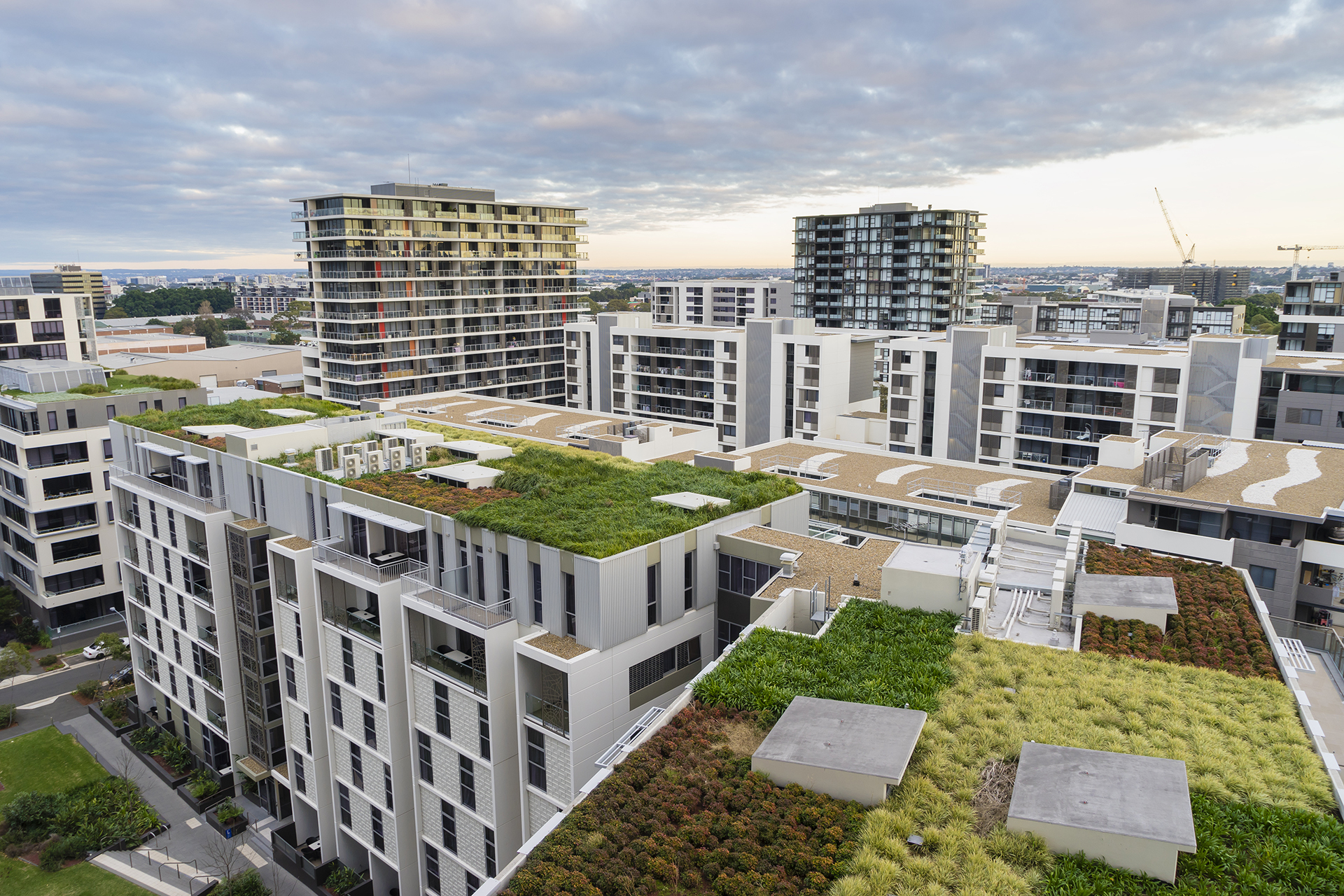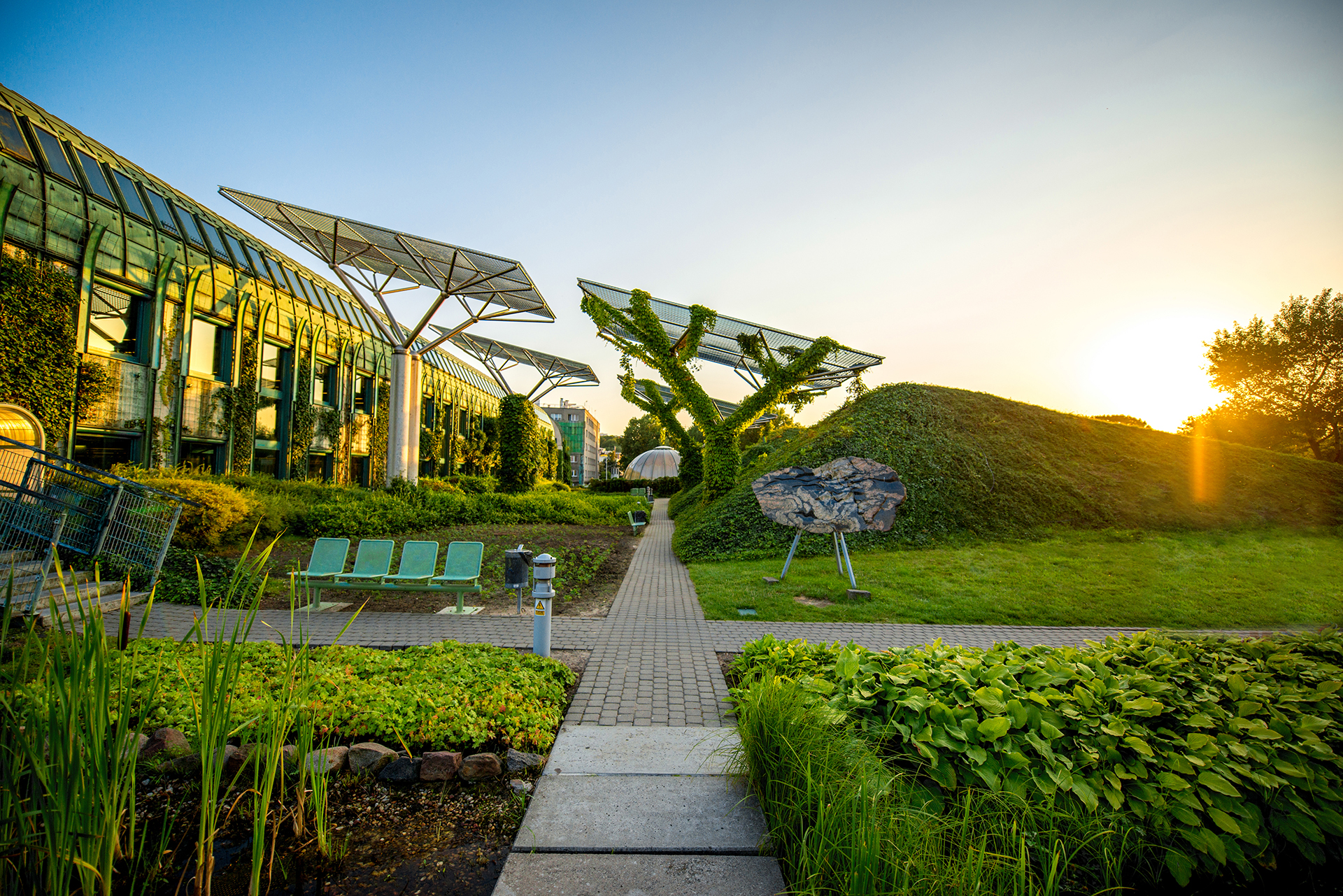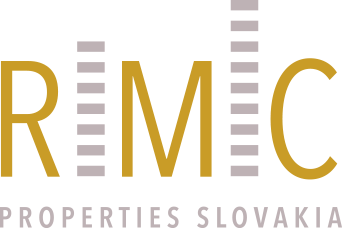Urban Innovations as a Reflection of a Need to Adapt to Detrimental Aftermath of the Global Change

In this article we address yet another fundament of space planning, and that is country planning. In the previous article we scoped on the phenomenon of living urban laboratories, where specific case form Vienna showed us several urban innovations implemented in the zone in question. Nowadays, cities face great damages, incurred first and foremost by climate change. In addition to this global issue we shall clarify the projection and expression of said issue in country space and in various dimensions and shapes.
Reflection of the need to adapt to harmful consequences of global changes. It is one of the most discussed topics of the last years, because 21st century brings about new urban challenges, such as climate change, globalization, demographic change, competitiveness of cities and other issues of sustainable development. Cities build up their “Smart City” strategies to be able to flexibly react and gradually adapt to these challenges, which many times have negative impact on further development of the zone and quality of life of its residents. This article principally aims to explain, based on our cognition and scrutiny the possibilities of interconnecting the subject of urban innovations leading to sustainable cities with the field of country planning. City – urban innovations – from SMART “intelligent” cities viewpoint with projection to country planning can be observed in various shapes and dimensions, which are then further specified by several examples, whether in aspect of theoretical-methodological, legislative, bur mostly in aspect of space planning practice.
Firstly, it is necessary to briefly peak into the core of “intelligent” cities concept. Generally, the “Smart City” concept is applicable not exclusively in cities, but also in municipalities where it is essential to strategically define it. The key to setting up “Smart City” strategy is to perceive technological innovations as means to solve identified problems in the zone, that is to view smart technologies as a tool, which greatly enhances their effectiveness. From our perspective as space planners, it is inevitable with sustainable development of cities and municipalities to bring forward community of resident while space planning – city and municipal community, urban and rural life, its quality and rational exploitation of resources. The question remains, how to correctly reflect actual challenges emerging from global trends in regional development, or rather global changes in integrated innovative system of “intelligent” cities concept. Another valuable point of view is the perception of “smart” cities from country planning perspective, which is non—omittable part and one of the key aspects for the developers themselves.
In the first article within SMART CITY topic we clarified the relation between “intelligent” city concept, technology and stakeholder participation. In the next one we scoped on city urban laboratories, specifically Aspern Seestadt, expressions such as “Smart City” and sustainability indicate some new tendencies in development of human society, so called cities of the future, which should be sustainable in the long run. Apart form said facts it is inevitable to consolidate technological and social development of society by sustainable ecosystems correlation (operation) as fundamental functioning units of nature. The aim is to implement this new concept of man and nature relationship on the basis of utilization of technological solutions, which facilitate their mutual expediency. It is important that existing ecosystems flow through urbanized country, which also is one of the factors in creation of quality environment for residents and visitors, that means quality public spaces – places of social activities.
Ever growing number of inhabitants requires sustainable perspective on the future development of settlements, because hand in hand with increased number of people in cities there is also increase in traffic load, energy demand, higher water consumption and waste production. Due to these and other reasons the cities are forced to accommodate “Smart” concept and sustainable urban spaces economy. Projection and expression of researched issue in country space can be perceived in several forms and dimensions. From the perspective of country planning it is important to implement ecological solutions of urbanized country area in “Smart” cities, which apart from functionality and aesthetics secure from perspective period point of view a long-term benefit in form of energy reduction and reduction of expenses. We can define for certain that sustainable country architecture is an integration of ecological, social, cultural and economic factors which are inputs in planning of cities of the future. Urban innovations from country planning perspective can be defined as functional urban sustainable spaces, which manage fundamental natural sources, i.e. water, air and soil. Such natural systems implemented by a city into its urban environment can, based on several conducted researches, connected to technological platform, which forms a communication channel between each respective settlement components, within the concept of “Smart” cities. Such city will have gained its imaginary nervous system, which actively reacts, and in case of any collision the very technological solution as a tool allows for simpler and faster response in order to solve specific problem.

The first example of implementation of innovative approach in city planning is Spanish city of Barcelona. Based on its own research and involvement at Smart City Expo World Congress in 2018 directly in Barcelona, we consider this approach very inspiring. The city has a very sophisticated concept of intelligent city, which encompasses streets with sensors for air temperature, pollution level, area noise intensity, irrigation need etc., while the data is collected in city data center and experts in respective fields, including space and country planners, evaluate the data and flexibly react in future planning and effective financing of recorded measures. Principal long-term objective of Barcelona is a decrease in automobile transportation and simultaneously increase greenery ratio. Current ratio of greenery to one resident is 6,6 sqm., which is significantly below average, when compared to ratio of greenery in London, which is approximately 86 sqm. to one resident. To this aim corresponds another of urban innovations, which is a solution for elimination of city heat islands. The trees by releasing water vapor, as well as by providing shade, break the heat island rather easily. By the correct tree planting planning in urban environment it is possible to cool the asphalt temperature by 20 degrees Celsius in average and air temperature by 2 degrees Celsius. Of course, other life quality enhancing functions of trees in urban and also rural environment are nonnegligible, such as the ability to absorb carbon oxide (e.g. 1 adult tree = absorption approx. 21,6kg of carbon per year). This very urban innovation – tree planting – is one of the cheapest methods of implementing measures of “intelligent” cities concept. Apart from this measure, when looking at the capital city of Spain – Madrid – instead of planting trees there is in rather greater capacity used a vegetation element integrated in architecture of buildings in form of vegetation walls and rooftop gardens, which match all the beforementioned attributes of tree planting, and these vegetation elements are at the same time a biotope for many small animals. Within the framework of green and blue elements concept we shall revert to the previous article and the area of Seestadt Aspern. Several implemented innovations in this area were mentioned, but from the country planning standpoint it is important to note the example of rain gardens, i.e. elements of rain water retainment, which gradually come to Slovakia as well, e.g. city of Zvolen in cooperation with Slovak Technical University in Zvolen and Blue Alternative foundation built 8 types of adaptation measures for rain water retainment. Such urban innovation contributes to rainfall water filtration and thus incorporates natural water cycle into the city ecosystem. By building a hierarchy system of rain water the redundant water is diverted into retention tanks, which enrich the public space, in Aspern specifically one of the biggest and most visited city parks is enriched by life-giving water element. Last but not least, it is advantageous in city and municipal areas to apply permeable pavement materials. Upside of such innovation is the ability to release back to the underbed more than 10l of rainfall water per 1 sqm per minute. This measure eliminates drain of clean rain water into the sewage system and supports its return to the water cycle.
As we already know, “Smart – intelligent” cities concept has several dozens of descriptions and standpoints on its implementation in urban environment. It is hard, neigh impossible to define the one correct answer to the question, what does its implementation into development planning of specific city entail. Aim of the article was to briefly scope the possibilities of implementation of innovative solutions of cities of the future concept with the reflection of need to adapt to detrimental aftermath of global change. Based on already processed research we scoped several examples of innovative measures which enhance life quality of residents from country-ecological planning perspective. All the aforementioned greenery elements in intelligent cities concept create an ideal city microclimate and constitute hierarchy arranged gird of ecosystems – so called green infrastructure. Non-omittable part of city planning is already addressed water element – so called blue infrastructure – mainly from the perspective of risk mitigation of extremely dry days, but also unforeseeable storm rainfalls, by the current management and rainfall water economy. Implementation of “Smart City” concept with the vision of sustainable development of cities, municipalities and regions leads mainly to enhancement of life quality of residents, support of city communities identity, high measure of connectivity and effectivity, as well as to presumed increase of number of city residents as high as 75% in year 2050.

